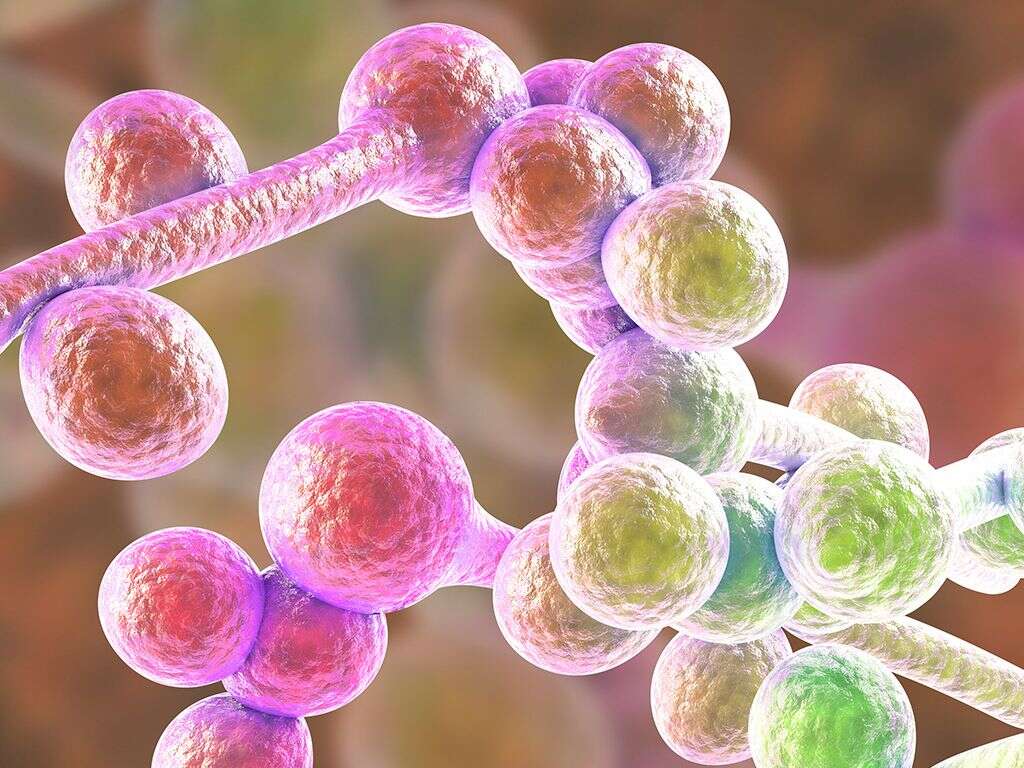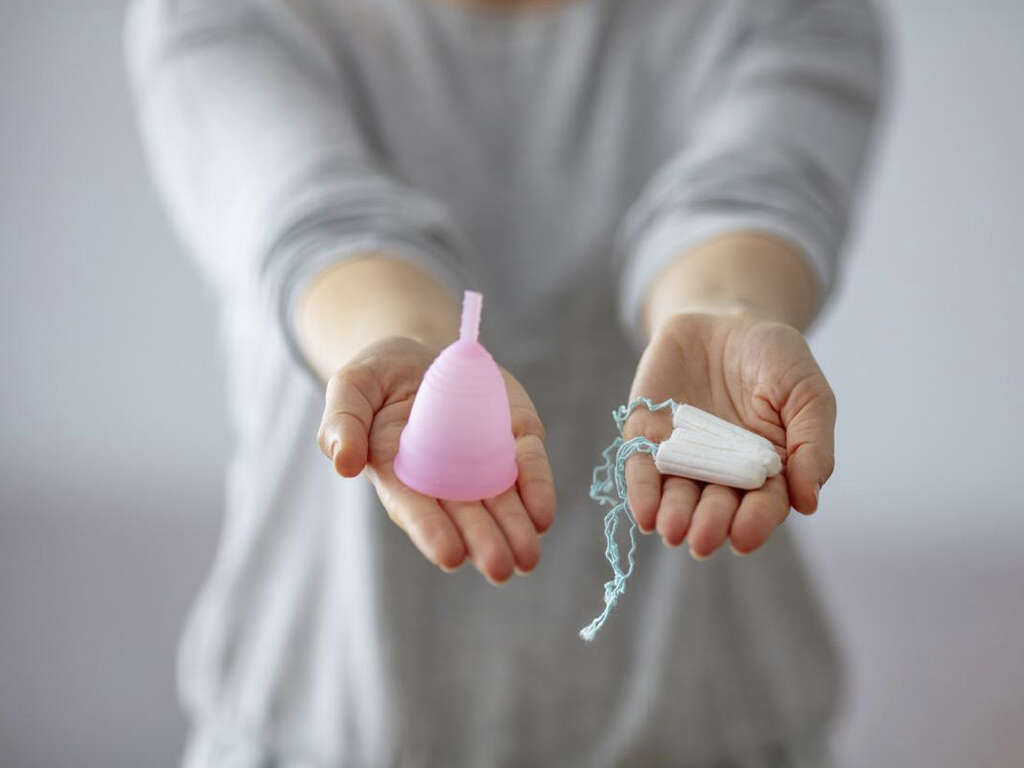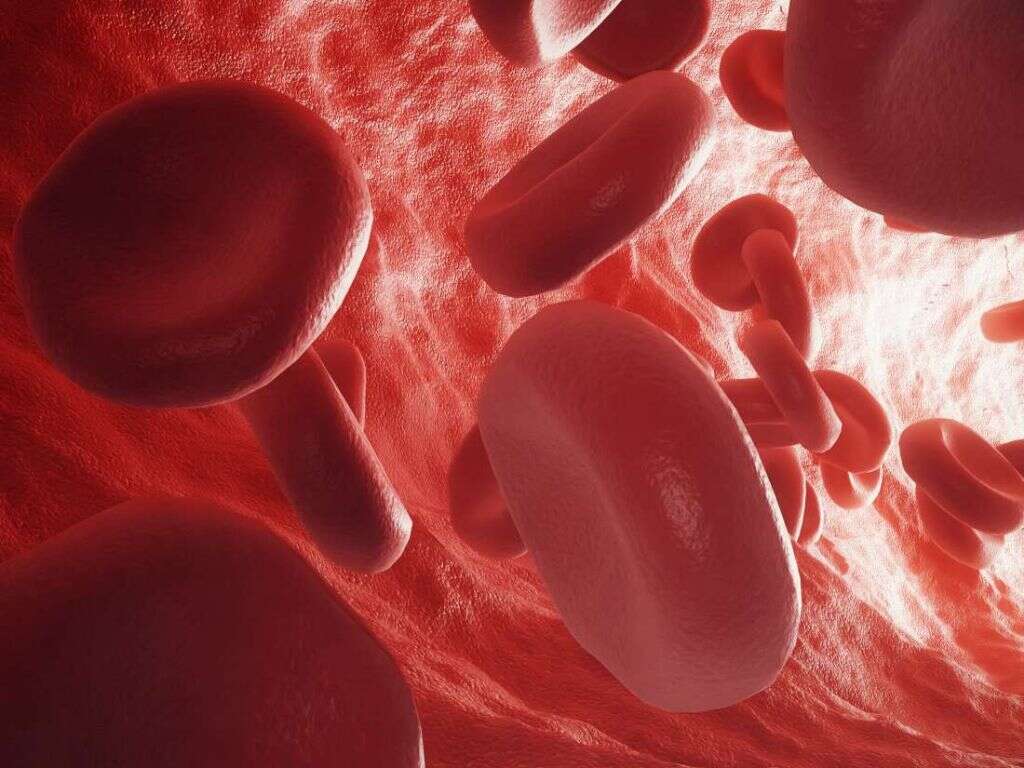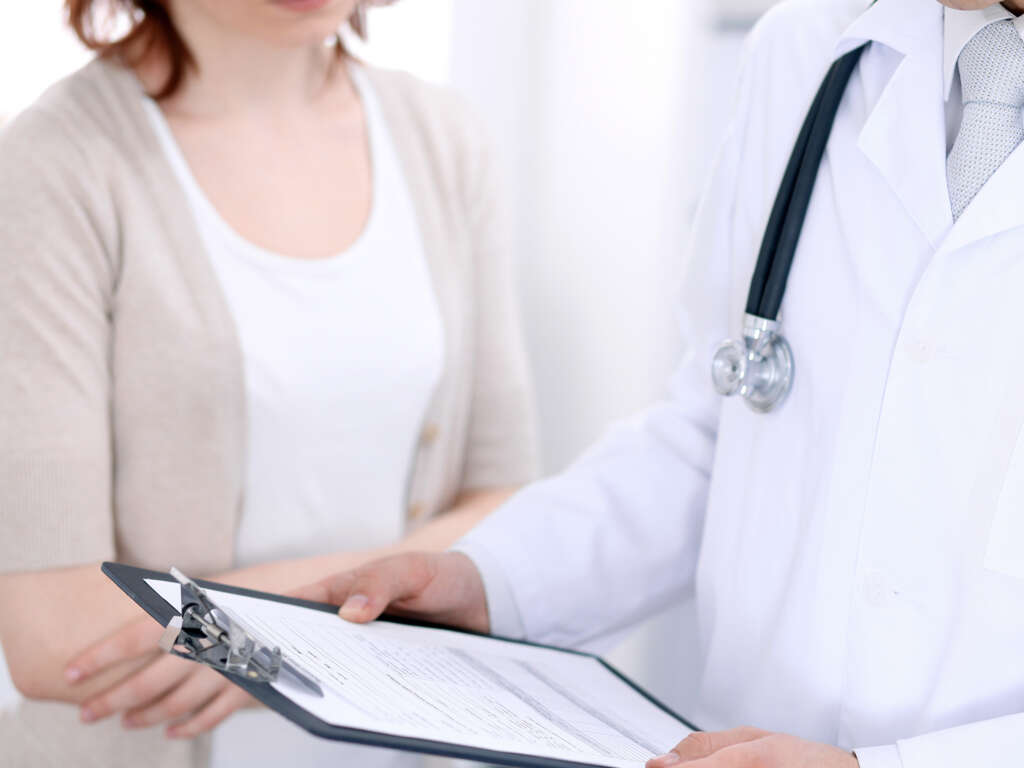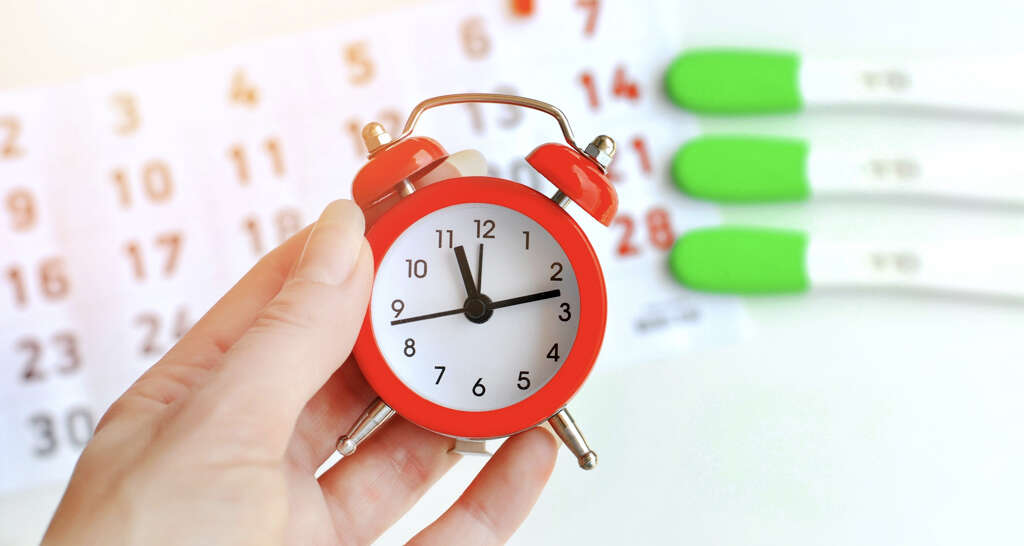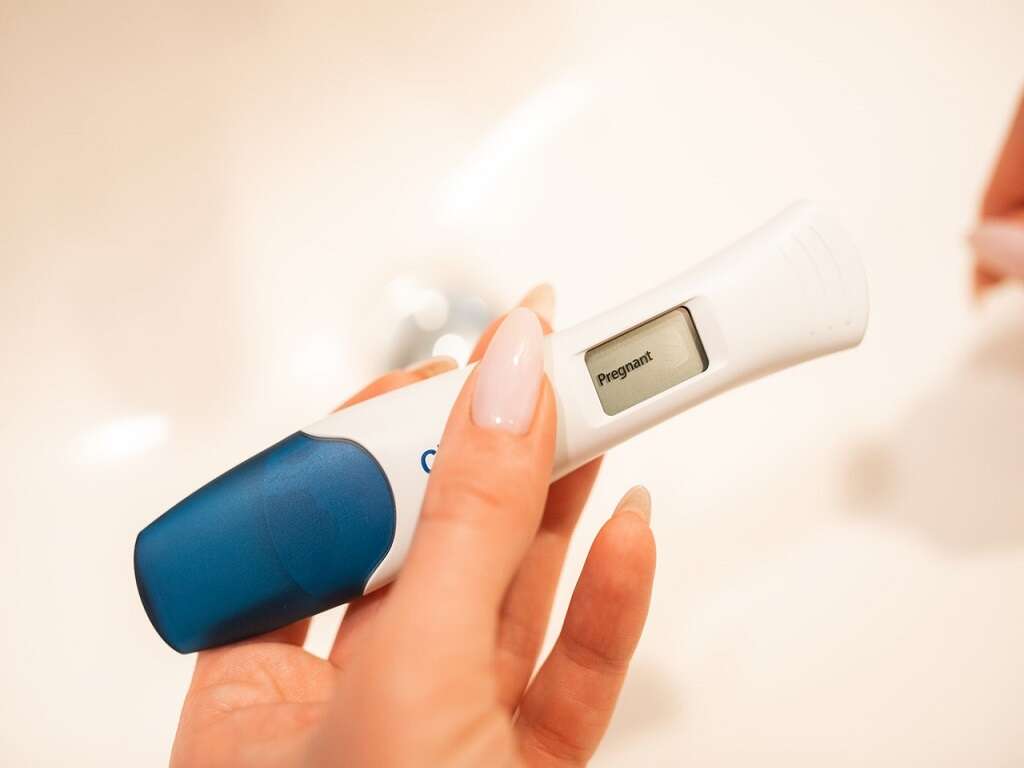All About Mittelschmerz
Mittelschmerz is a medical term used to refer to ovulation pain. It is a condition where the affected individual has abdominal pain during ovulation. The term mittelschmerz originates from German that translates to “middle pain.” Most cases of mittelschmerz do not require medical attention.
It is estimated to affect about 20% of women either intermittently or with every cycle. It is not an infrequent complaint and is considered to be normal as it is a side effect that is linked with the menstrual cycle.
1. The Menstrual Cycle
The menstrual cycle is where there is cyclical change in the female reproductive tract that enables pregnancy to occur. This cycle helps the production of the egg to occur as well as to prepare the body for a potential pregnancy. An average menstrual cycle is about 28 days. However, the length of the menstrual cycle varies for each woman. When there is less than 8 days between their longest and shortest days, the cycle is considered to be regular. When it is between 8 to 20 days, it is moderately irregular and a variation of more than 21 days is considered to be very irregular. The menstrual cycle can be described based on the ovarian and uterine cycle.
2. The Ovarian Cycle
The ovarian cycle describes the changes in the ovary and can be further divided into the follicular, ovulation, and luteal phase. During the follicular phase, the increasing level of the follicle stimulating hormone (FSH) stimulates the growth of several follicles. These follicles are already present at birth in all female babies. With the influence of hormones, only one follicle will continue to grow until it reaches maturity.
This matured follicle is called the Graafian or tertiary follicle. It contains the ovum. The ovulation phase occurs when the luteinizing hormone (LH) surges and helps the egg to mature while weakening the walls of the follicle. This results in the release of the secondary oocyte (egg). In the luteal phase, the hormones FSH and LH causes the remaining follicle to transform into the corpus luteum, which produces progesterone. Gradually as the levels of FSH and LH drops, the corpus luteum atrophies.
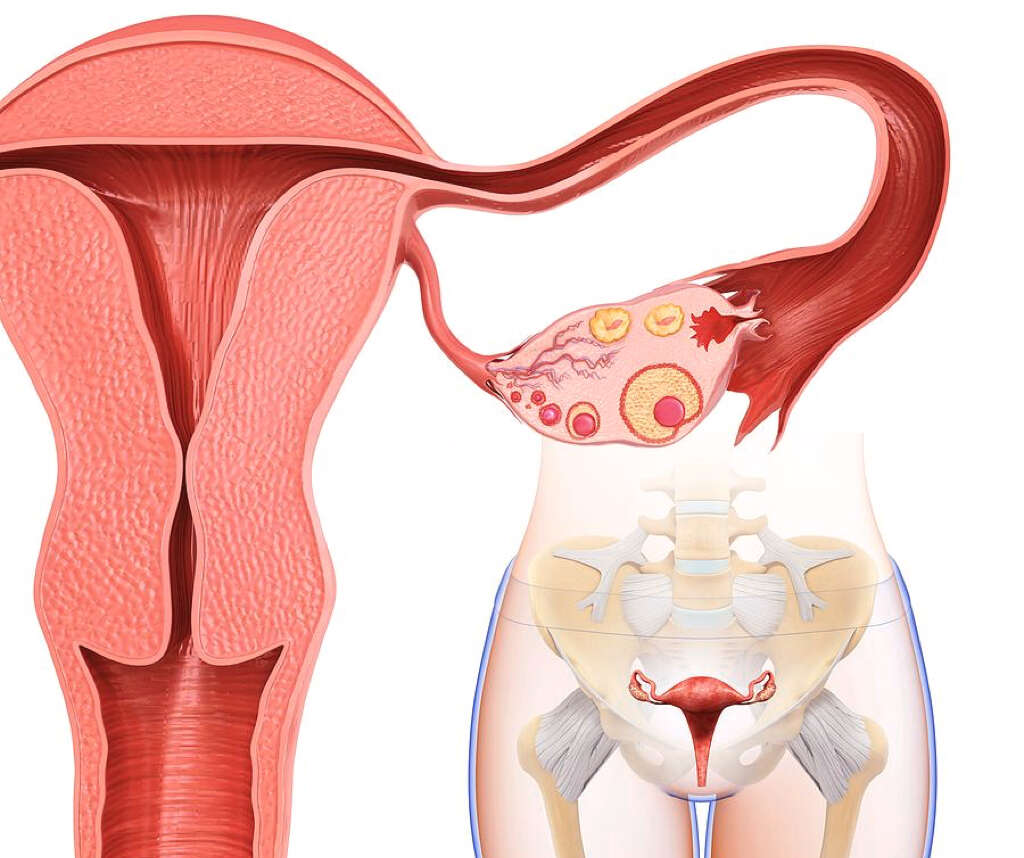
3. The Uterine Cycle
The uterine cycle can be further divided into the menstruation, proliferative, and secretory phases. These phases describe the changes in the uterus throughout the menstrual cycle. It begins with the menstruation phase where menstrual bleeding occurs. This means that the uterine lining is shed. The presence of menstruation signifies that the woman is not pregnant. The proliferative phase involves the rising level of the hormone estrogen.
This helps the uterine lining to grow. Estrogen also helps stimulate the formation of crypts in the cervix so cervical mucus is secreted. This is crucial as the mucus enables sperm to swim toward the egg. The presence of the mucus means that the woman is in her fertile period. The last phase or secretory phase corresponds to the luteal phase of the ovarian cycle. The progesterone produced by the corpus luteum helps maintain the uterine lining so implantation of the fertilized egg becomes possible. During this phase, there is also increased uterine secretions and blood flow to the uterus.
4. Presentation
In mittelschmerz, the woman presents with pain located in the pelvis or lower abdominal area. It can be localized to the right or left side. It may occur at the same side every month or different sides. When timed accordingly with their menstrual cycle, this pain usually occurs around the mid-menstrual cycle. Some women experience the pain every month while some only have it intermittently.
The pain usually resolves in several hours but can last several days or even until the next cycle. In some women, there is associated mucoid vaginal discharge or slight vaginal bleeding. Some have also reported the swelling or tenderness of a lymph node in the groin or swelling of the vulva before ovulation begins.

5. Causes
Although the exact cause is unclear, some experts have proposed that the pain may be due to the stretching of the surface of the ovary before ovulation, resulting in pain. Since the follicles develop on both sides, this theory helps to explain abdominal pain that occurs on both sides. Others postulate that during ovulation, blood or fluid is released from the follicle that has ruptured causing irritation to the abdominal lining.
Some even say that the rupture of the ovary itself to release the egg can be causing the pain. Another possible cause would be the contraction of the uterus and tubes during ovulation causing the pain. These contractions occur due to the increased level of a type of prostaglandin.
6. Investigations
Investigations are often performed to help doctors achieve a diagnosis. In mittelschmerz, a diagnosis can be made if the woman experiences symptoms such as pain in the lower abdomen during midcycle and if there are no abnormalities after a pelvic examination is performed. A pelvic examination involves both the examination of the external genitalia and internal reproductive organs.
It includes the insertion of two gloved and lubricated fingers to check for any anomalies in the vagina and rectum. Other investigations that can be performed include the use of an abdominal ultrasound to rule out other potential causes of pain. This is important as the treatment and management of the condition would differ. Other tests that may be beneficial include blood tests and cervical cultures.

7. Medication
Most cases of mittelschmerz do not require treatment as the pain is generally not severe or imply the presence of underlying disease. Women who experience intense or prolonged pain can take pain relievers such as paracetamol (acetaminophen), aspirin, and nonsteroidal anti-inflammatory drugs (NSAIDs) such as diclofenac sodium, ibuprofen, and naproxen sodium.
NSAIDs can be greatly beneficial as it blocks the prostaglandin effects. Women with issues such as stomach ulcers or reflux should be more mindful of taking painkillers as it can be harsh on the stomach. It is recommended to take the medication with meals and to consult with your doctor before using it. The use of hormonal contraception can also prevent ovulation from happening, which in turn prevents pain.
8. Lifestyle Changes
Lifestyle changes often involve making adjustments to the diet, exercise routine, and habits. Women who experience Mittelschmerz may benefit from the consumption of more dark leafy greens as they contain more calcium and magnesium that can help reduce bloating that occurs during ovulation. It is best to avoid processed food as it contains a high amount of salt that can cause more bloating.
Ensure adequate hydration as it helps promote blood flow, which may reduce cramping and bloating. Having a regular exercise routine is always recommended as it stretches the muscles and helps release powerful endorphins that can help with pain. Adult women should have 7 hours of sleep a day. Taking a warm shower or bath also helps to relax both the mind and body. It is best to avoid alcohol as it dehydrates the body and can intensify the symptoms of mittelschmerz.

9. Home Remedies
Most home remedies have little to no scientific evidence that it helps. However, many women think that it is worth a try if it may help with the alleviation of symptoms. For those with mittelschmerz, the consumption of papaya may help with the cramps or discomfort associated with ovulation as it contains the enzyme papain.
Taking vitamin D supplements may also help as some have reported that it reduces the severity of cramps associated with ovulation. Omega-3 fatty acids have anti-inflammatory properties that may help with pain. Drinking a cup of chamomile tea may also be beneficial as it boosts the levels of glycine, a type of amino acid that helps to relax contracting muscles. This would work best for those who experience cramps during ovulation.
10. Potential Underlying Medical Issues
Mittelschmerz symptoms may also be present for those who have underlying conditions such as a sexually transmitted infection (STI). An STI such as chlamydia can cause scarring and inflammation around the ovaries and fallopian tubes, which causes ovulation pain. Women who had abdominal surgery such as from having the appendix removed or from a caesarean section may also have scar tissue around the ovaries and other surrounding structures.
The scar tissue can cause restriction and result in pain when ovulation occurs. Women who have pain during ovulation may have endometriosis, an inflammatory condition that affects the fallopian tubes and ovaries. Women with endometriosis have presented with pain during ovulation. Mittelschmerz is usually harmless but may signify the presence of an underlying condition if the pain is prolonged and severe.






